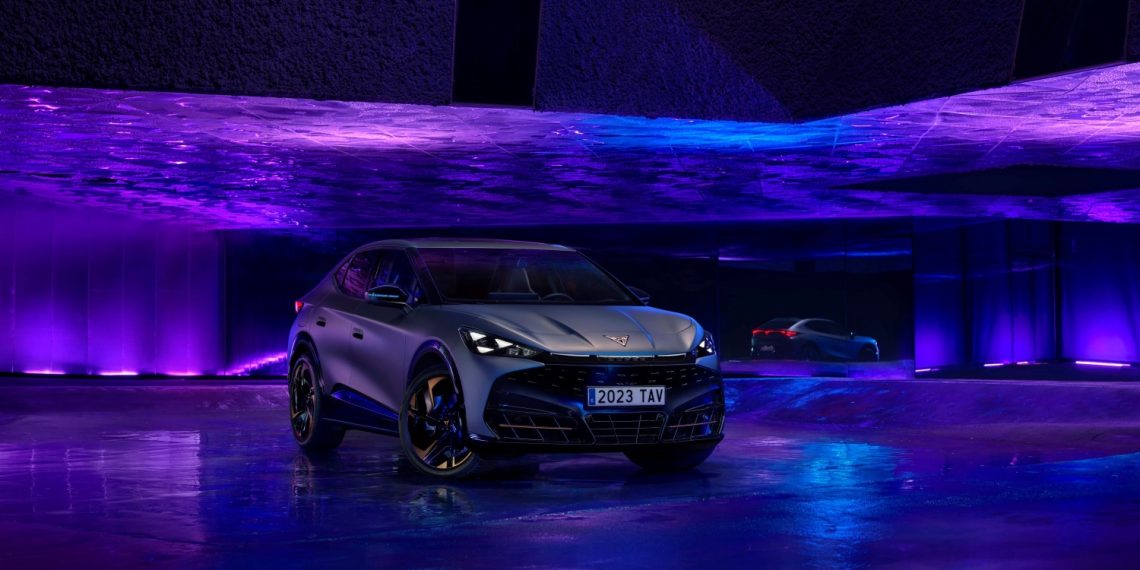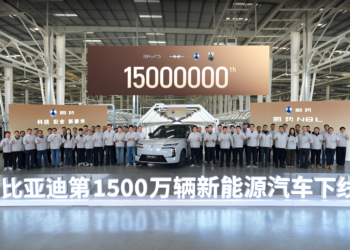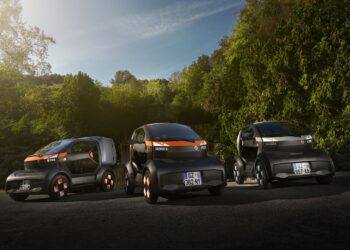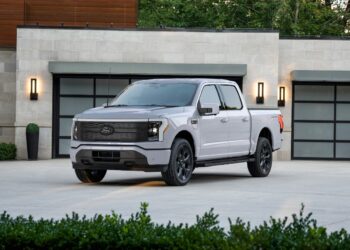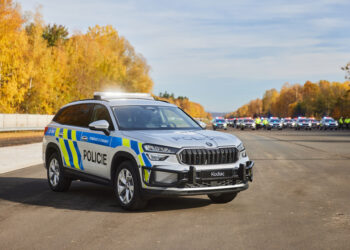The binary is transferred through a single-speed transmission with a differential, smoothing the delivery to provide the consistent performance associated with Cupra. Additionally, it is assisted by a motor installed on the front axle when the onboard control unit detects any torque requirements for the front wheels.
The ability to distribute torque between all four wheels benefits not only the dynamic behavior and safety, but also the acceleration, with the Cupra Tavascan VZ being able to go from 0 to 100 km/h in just 5.5 seconds, with the maximum speed electronically limited to 180 km/h.
At the center of the Tavascan is its 77 kWh lithium-ion battery with prism modules of liquid-cooled cells, housed in an integrated aluminum structure in the vehicle, which increases rigidity while keeping weight low and centralized.
In the case of the Endurance version, with rear-wheel drive, it is capable of traveling up to 568 km based on the official WLTP test cycle, while the Tavascan VZ – with two motors and all-wheel drive – offers a range of up to 522 km.
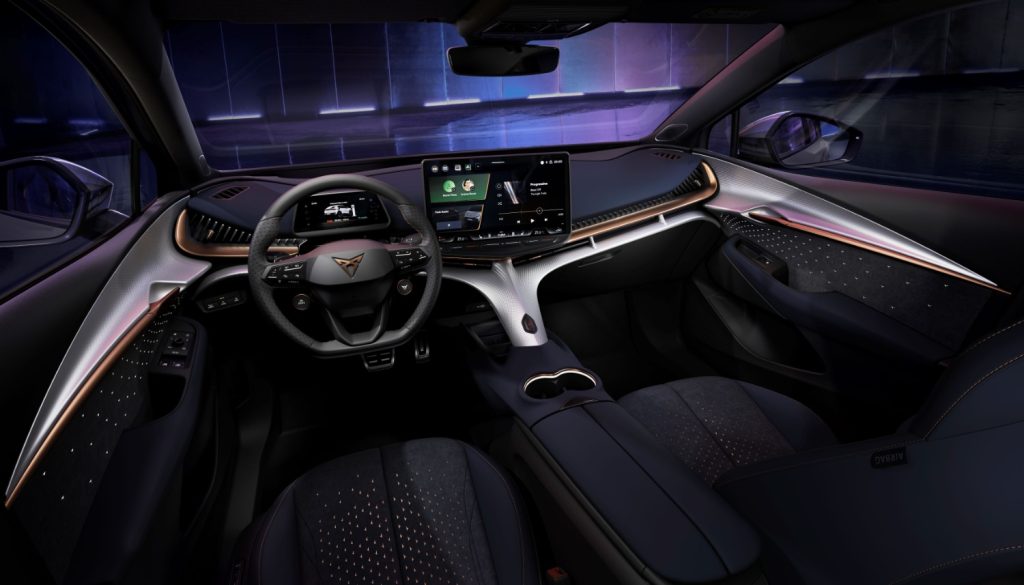
The efficiency of the system is aided by the integrated thermal management system that maintains the battery temperature, ensuring it remains optimized. The battery includes a base plate with integrated water channels connected to the coolant circuit.
The SUV will also have a mode of accentuated regeneration (‘B’) and paddles behind the steering wheel for managing the intensity of regeneration, allowing you to choose between 4 different levels. The heat pump is part of the optional equipment, allowing for more efficient heating of the cabin without impacting autonomy.
The maximum charging capacity in DC is 135 kW, which allows for replenishing up to an additional 100 kilometers of autonomy in just seven minutes. At a fast charging station, you can go from 10 to 80% in just under half an hour (depending on conditions).
To assist in driving, the Tavascan features the DCC Sport dynamic chassis technology, sport suspension, and progressive steering.
The Cupra Tavascan debuts the latest design language, characterized by athletic and sporty proportions on the exterior. From the front section, the LED matrix technology lighting presents a visual signature of three triangles that is immediately identifiable.

The interior is described by Cupra as “revolutionary,” featuring a 15″ floating central screen for the infotainment system, the largest ever in a Cupra model so far, representing the essence of Tavascan’s digital approach, reinforcing the focus on the driver.
The new 100% electric model from Cupra Tavascan also integrates a recently designed and developed Human Machine Interface (HMI), making the infotainment system more optimized and intuitive through the backlit slider control at the base of the screen. The thinner central air vents allow for a natural positioning, complemented by the digital instrument panel behind the steering wheel.
The space, both in the front and back, is optimized to offer greater comfort, while the trunk capacity is 540 liters.
Designed and developed in Barcelona, the Cupra Tavascan will be produced at the Volkswagen Group’s Anhui factory in China, with the launch in Portugal scheduled for next September.

